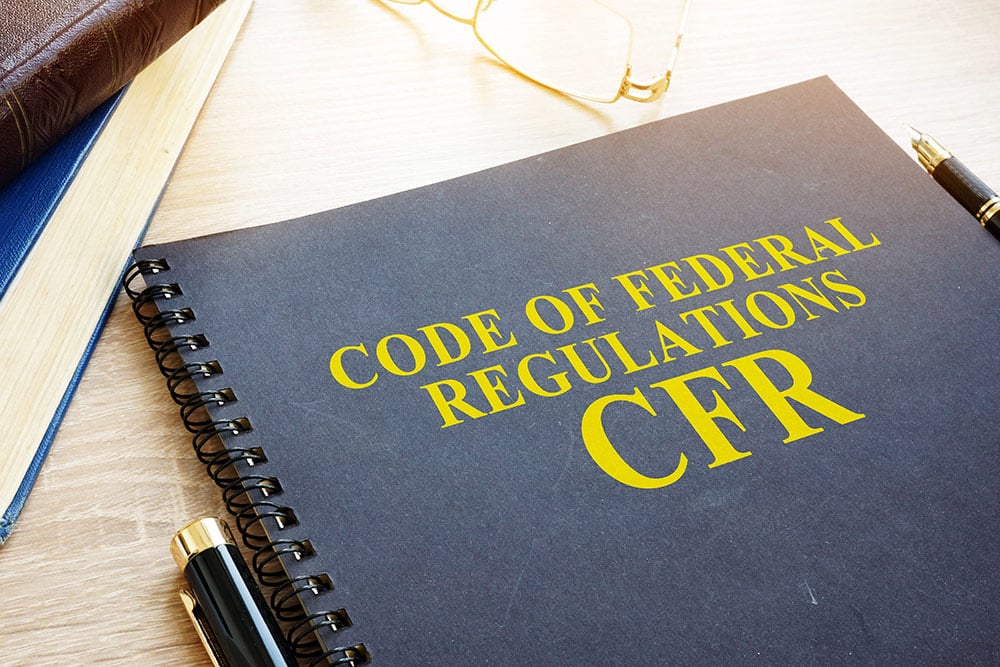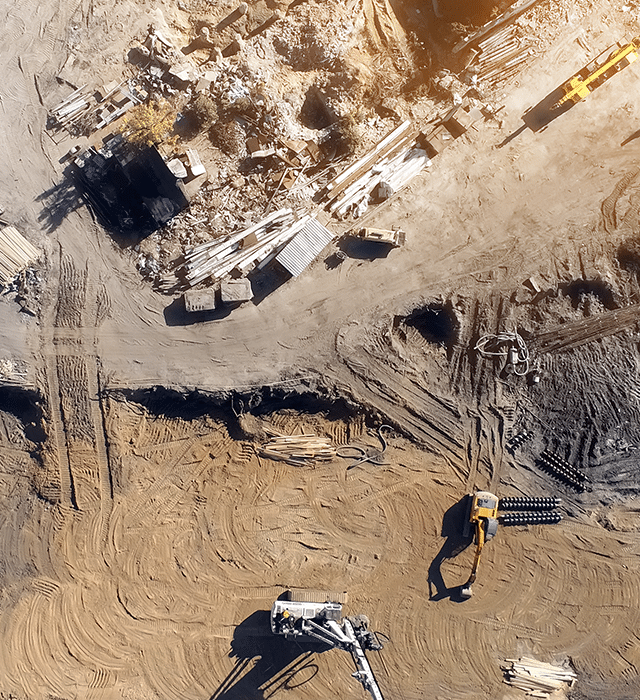Creating a safe construction site is a joint responsibility of both the site managers and their crew. Employers must legally ensure their workforce has the proper equipment to stay safe on the worksite, but employees must actively participate in those safety measures, including training.
The first step in protecting employees starts with assessing the workplace to identify ways to eliminate and reduce hazards. PPE. though it is the last line of defense in keeping employees safe, is a critical component to worker safety. Proper PPE can help keep an employee safe by placing a barrier between the employee and the hazard.
As a construction site manager, you already know why PPE is necessary and how it will protect your crew. But there are other considerations including the proper equipment for specific hazards, the proper fit, and the proper time to put the PPE on—all of which can be answered with safety training and fit testing.
Here is a brief look at 7 different types of basic PPE equipment:
- Head protection
- Eye and face protection
- Respiratory protection
- Hearing protection
- Hand and arm protection
- Foot and leg protection
- Body protection
While most of this PPE is probably already a part of your safety compliance program, it’s important to know that not all PPE is created equally. Do you know:
- which hard hat rating is appropriate for your site’s hazards?
- that face shields come in a variety of configurations and ratings and may still require the use of safety glasses in conjunction?
- how to calculate for the actual protection an earplug can provide?
- how to accurately test a respirator for the proper fit?
- the difference between heat resistant and permeation resistant gloves?
- when not to wear steel-toed boots?
- when a protective jacket will suffice over a specialized bodysuit?
Failure to use proper PPE creates a potential hazard for workers in construction. When it comes to PPE, proper training is essential. Watch this PPE Safety Training video to get answers to the questions we’ve posed here, and more.




